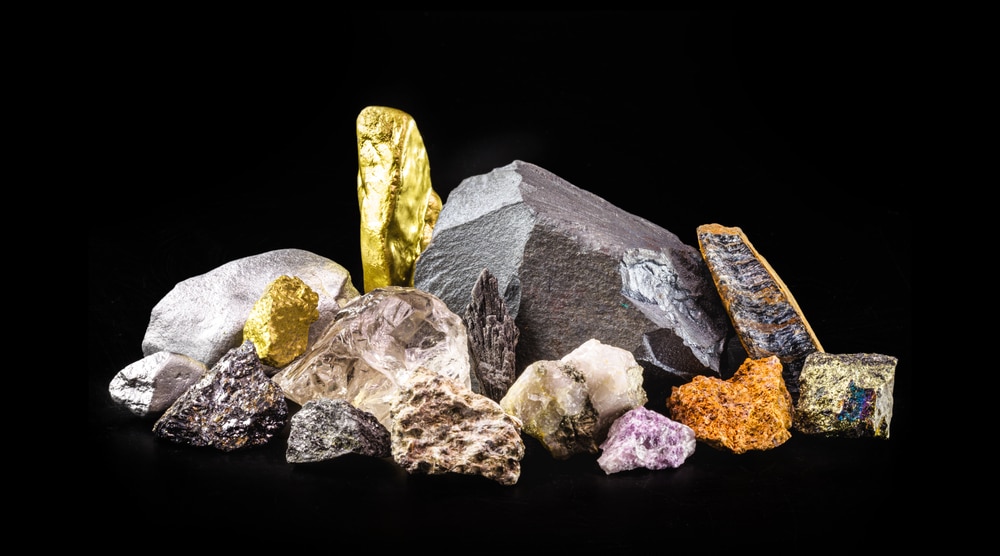The mining industry faces a critical supply shortage of key metals, despite growth in supply over the past decade. According to BloombergNEF’s Transition Metals Outlook, the world needs $2.1 trillion in new mining investments by 2050 to meet the demand for clean energy technologies. It further illustrates that essential metals like aluminum, copper, and lithium could face deficits as early as this year, which might make EVs, wind turbines, and other low-carbon technologies more expensive.
Kwasi Ampofo, head of metals and mining at BNEF and lead author of the report said,
“The prolonged deficit of these metals will lead to higher prices for raw materials, which increases the cost of clean energy technologies. High costs could slow their adoption, and the energy transition at large”
Interestingly, BloombergNEF’s Economic Transition Scenario (ETS) highlights, that between 2024 and 2050, the world will need about 3 billion metric tons of metals to drive the global energy transition. It further estimates that achieving net zero emissions by 2050 could push that demand to 6 billion metric tons. This means this can spike metal prices and slow the progress of green technologies.

Recycling Metals, A Viable Solution for Supply and Emissions
However, BNEF says recycling metals can ease supply pressures. Sooner, recycled materials will play a crucial role in the supply chain, which will also reduce overall emissions from production.
According to Allan Ray Restauro, a metals and mining associate at BNEF,
“Good government policies are crucial to the industry’s success. For batteries and stationary storage, governments need to establish collection networks, set the requirements for recovery rates, develop the frameworks to trace individual cells and provide the principles on second-life battery management. These actions can build a robust system that oversees the full lifecycle of battery metals.”
Decarbonizing Mining for a Low-Carbon Future
As the world moves toward a low-emissions economy, resource-rich countries face a tough challenge: reducing emissions while developing their mining sectors. This is because the mining industry is significant for supplying minerals needed for clean energy technologies. Sadly, mining still contributes to global emissions, especially in coal extraction.
Minerals used in selected clean energy technologies

Source: IEA, 2022, p. 6. CC BY 4.0
Countries like Chile are showing progress by using renewable energy in mining operations, but many developing nations struggle to balance growth, sustainability, and emissions goals. In this regard, governments must adopt policies that decarbonize mining while ensuring economic growth and meeting Paris Agreement targets. Countries that implement strong climate policies along with robust financing are the ones to succeed in their global commitments.
Southeast Asia Set to Lead in Metal Demand Growth
Certainly, the demand for energy transition metals will vary by region. The research indicated that Southeast Asia is poised to become the fastest-growing market for these materials in the 2030s. The region’s vast mining industry could benefit from this demand surge, helping to accelerate industrialization while contributing to global emissions reductions. Conversely, China’s consumption outpaced the global average between 2020 and 2023. The country’s consumption of transition metals is expected to peak by 2030.
In summary, a $2.1 trillion investment in mining is crucial to meet the global push for clean energy. As metal supplies tighten and prices rise, recycling and supportive policies will be essential to keeping the energy transition on track.

Silver Surges as Coeur Mining Acquires SilverCrest
Coeur Mining is making a strategic move to strengthen silver in the industry. In a $1.7 billion all-share deal, Coeur is set to acquire Canadian silver producer SilverCrest, adding the high-grade, low-cost Las Chispas mine in Mexico to its portfolio.
With this acquisition, Coeur has all the potential to become a major global silver producer, aiming to produce 21 million ounces of silver and 432,000 ounces of gold annually. The Las Chispas mine, which began production in late 2022, has over 10.25 million silver equivalent ounces produced in its first full year of operations. Coeur’s CEO Mitchell J. Krebs highlighted the mine’s strong operational performance and low cash costs of $7.73 per ounce.
The press release reported, that in this partnership Coeur will have a 63% share, and SilverCrest will hold 37%. The acquisition price of $11.34 per share offers an 18% premium to SilverCrest’s recent trading levels. Both companies’ boards have endorsed the deal, which is expected to close in Q1 2025 as regulatory and shareholder approval is pending.
Rising Silver Demand and Market Consolidation
According to the United States Geological Survey (USGS), Mexico led global silver production in 2022, producing an estimated 6,300 metric tons of silver. This output far surpassed China, the second-largest producer, with 3,600 metric tons.
While Mexico dominates in production, Peru holds the largest silver reserves globally, with 98,000 metric tons. Australia follows closely, with reserves totaling 92,000 metric tons. Peru’s stable silver output is supported by its vast reserves and advanced mining infrastructure.
In 2023, silver prices jumped nearly 35% due to heightened demand for solar energy and electronics. This surge has triggered significant mergers in the silver mining sector, including Coeur Mining’s $1.7 billion acquisition of SilverCrest and First Majestic’s $970 million purchase of Gatos Silver. Despite these moves, the market grapples with supply shortages, intensifying the race for reserves. On a positive note, Coeur’s acquisition should be a ray of hope for the global silver industry.

